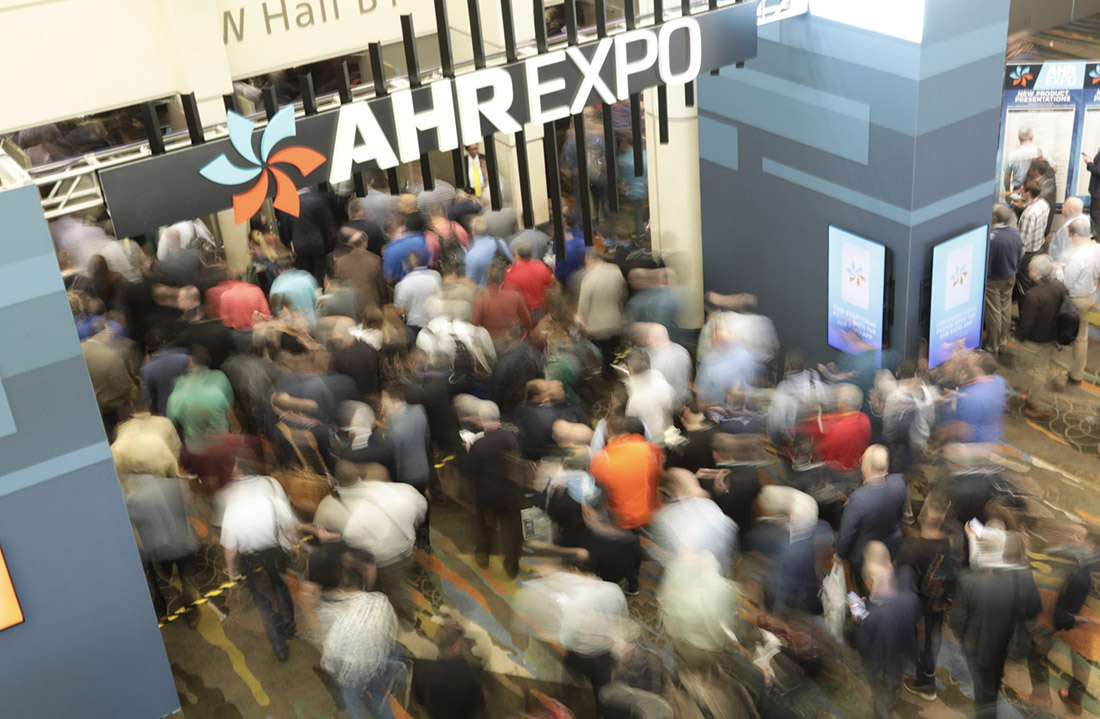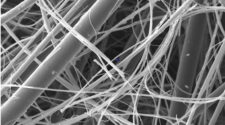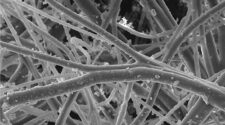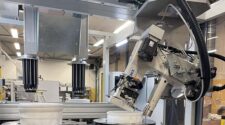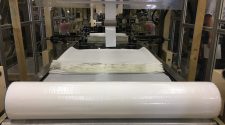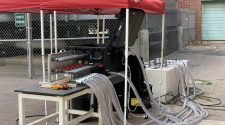I made the trip to Orlando in February for the 2020 AHR Expo. I traveled to this event with the objective of determining the level of interest in an INDA (Association of the Nonwoven Fabrics Industry)-sponsored Indoor Air Quality coalition. Walking the show allowed me to meet in person with potential IAQ coalition members from the industry.
At the show, I was able to engage in conversations with a broad mix of the org chart, from presidents to senior level, marketing to technical, and product management. It seems that everyone is very interested in indoor air quality and thinks now is the time for a spec that addresses in-situ air.
The importance of indoor air
Indoor air quality is important because people spend the vast amount of their time indoors. At the same time, today’s structures are seeking higher levels of efficiency, and containing air leaks helps raise HVAC efficiencies.
Collectively the market is getting so good at energy-efficient sealed spaces that contaminants with known health effects such as formaldehyde, volatile organic compounds, and radon are sealed into the indoor environment. I experienced this when I recently moved from Kansas to North Carolina, and my home was inspected and required radon mitigation.
The need for a better specification
There are many specifications that address incoming air and general ventilation, as well as removal of particulate. However, there is no specification that addresses when to change filters or how to detect bypass in HVAC applications.
Around these two issues specifically, it has been very difficult to build a consensus because the technology either didn’t exist or was limited and prohibitively expensive. Such technologies are also not mandated in a building code or by an agency, such as OSHA (Occupations Safety and Health Administration), so utilizing them is voluntary. At AHR Expo, however, it was clear that the technology landscape is changing, and the obstacles are falling (more on that in a bit).
With no IAQ in-situ filter standard to draw from, there can be no consensus. The filter manufacturers I spoke with agree that a disconnect exists between a timely filter changeout (when required) versus a general time-based change, for example every six months.
Specifications that touch on IAQ look at the systems, but don’t address filtration of particles, specifically PM 2.5 and smaller, or signal when these materials make it past the filter. The specifications assume the filter gets more efficient as it’s used, which is common sense, but they don’t address bypass when products aren’t installed correctly or when they are destroyed because they are not changed out and are overloaded.
With no IAQ in-situ filter standard to draw from, there can be no consensus. The filter manufacturers I spoke with agree that a disconnect exists between a timely filter changeout (when required) versus a general time-based change, for example every six months.
Takeaways from AHR Expo
AHR Expo and the companion conference program offers a comprehensive and global view of the entirety of HVAC. As an all-encompassing show, it has a little bit of everything, including equipment, controls, software and IAQ products. All told, there were 207 companies at AHR Expo promoting IAQ technology.
I was always taught that what gets measured gets addressed. There were a number of technologies debuting at the show to monitor particulate, specifically PM 2.5, as well as other particulate sizes that are critical to human health. It seems that as a nation China leads the way in this technology and its implementation in the marketplace.
Particle counts are being addressed with LEDs, and higher-end models utilize laser-based measurement. Pricing ranges from ~$200 to $2,000, which buys additional features and product life (8-plus years). I mention this because the technology obstacle I mentioned earlier seems to be being overcome or eliminated entirely.
The California Air Resources Board (CARB), with the help of the California Energy Commission, recently updated the new building code in California to increase filter efficiency requirements for buildings from MERV 6 to MERV 13. The updated standard will have a major impact because it effectively reduces the amount of PM 2.5 particulate that enters buildings from the outdoor environment, and it is presumably better for your health.
While this is a step in the right direction, it doesn’t address bypass and lower flow, which both can result when moving to a filter with higher efficiency. Not to mention higher energy loads that come from moving air through a tighter filter. If the air is dirty, it will need to be replaced more often, which is a good thing for IAQ, but the question of when the filter must be changed remains.
Based on my trip to AHR Expo, I think the future continues to be bright for IAQ, as technologies evolve and more research into the benefits of clean air is published.
An industry push towards a method (or guidance) for determining when a filter needs to be changed represents a huge step in providing a healthy indoor environment. Addressing this issue will be a win for our industry, and a win for the general population.


